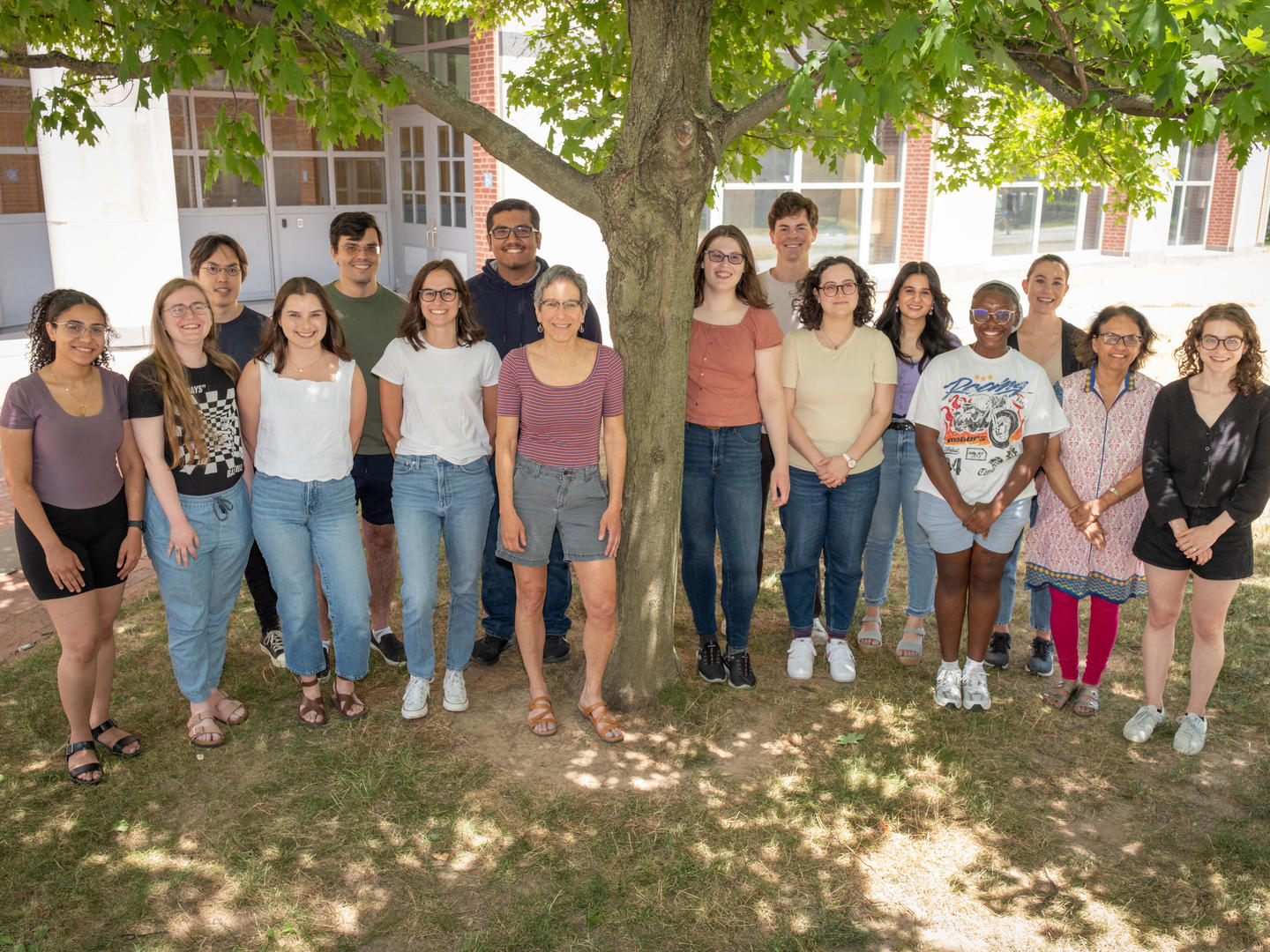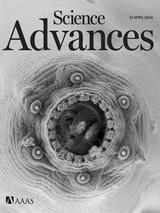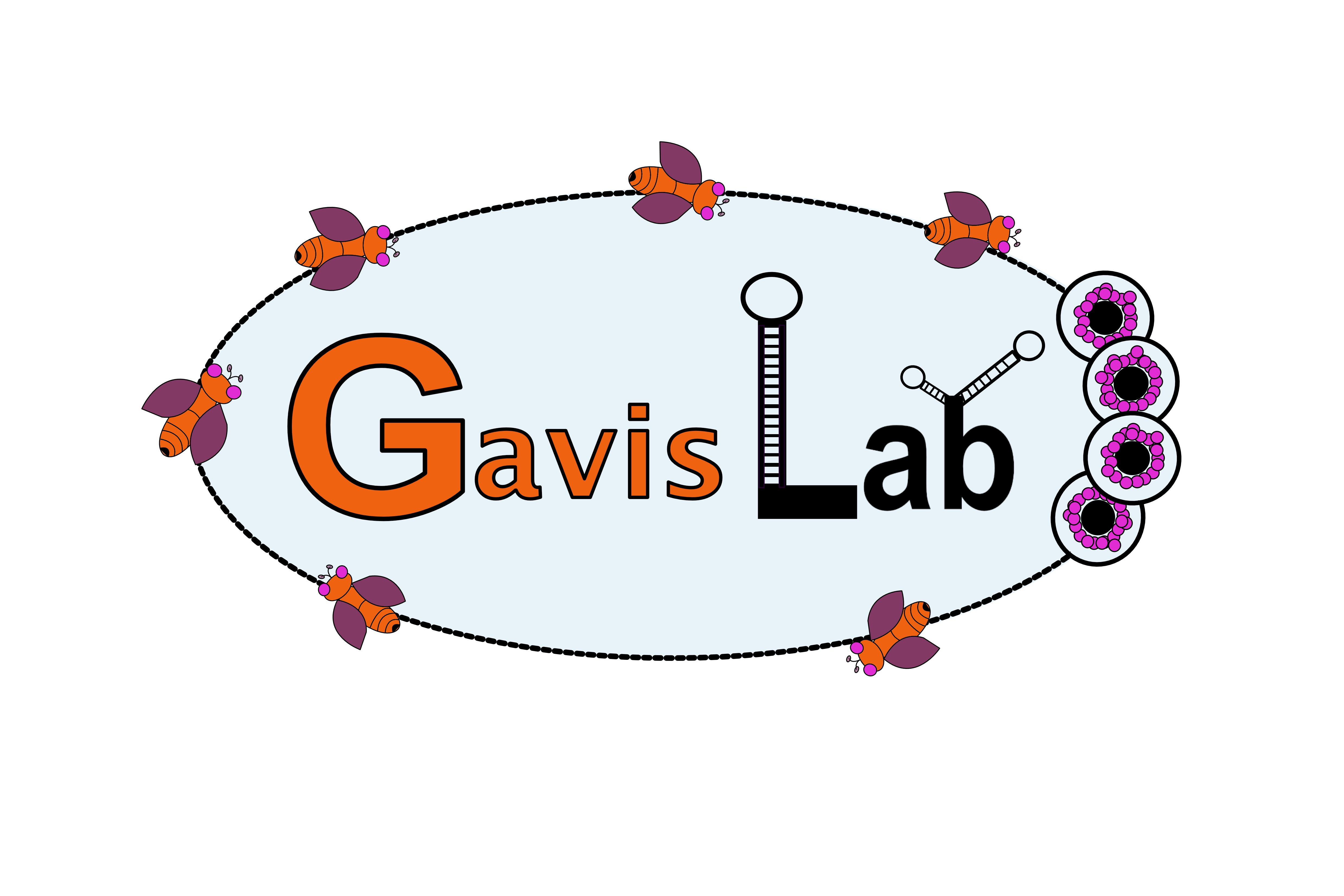
Welcome to the Gavis Lab
Gene transcription is only the first step in ensuring that proteins are expressed in the right time and place. The localization, translation, and degradation of RNAs must be carefully coordinated to provide the spatial control of protein expression that allows cells to adopt unique fates in developing embryos and generate specialized subcellular regions such as neuronal dendrites.
RNAs are regulated by hundreds of different RNA-binding proteins encoded in the genome. Interactions between RNA-binding proteins and their target RNAs can create dynamic subcellular compartments known as granules, where many of the post-transcriptional regulatory steps take place. Our lab uses high-resolution microscopy, genetics, and biochemistry to investigate how RNA granules assemble and how they regulate cell fate and function. We also study mechanisms used by RNA-binding proteins to recognize and control translation of their target mRNAs.
Recent Publications





